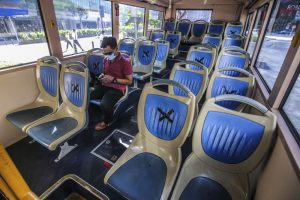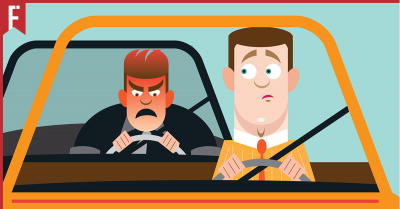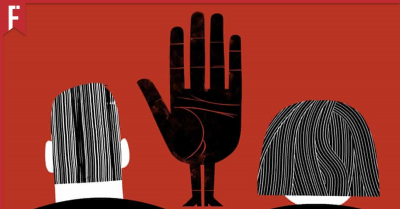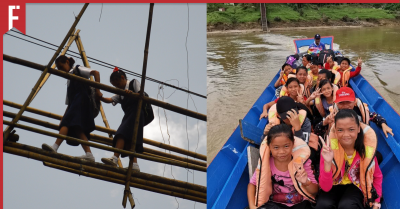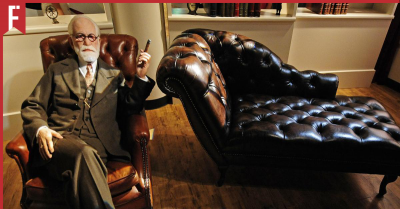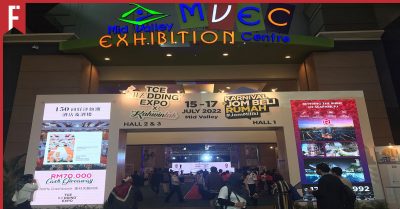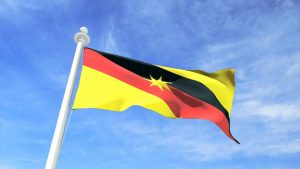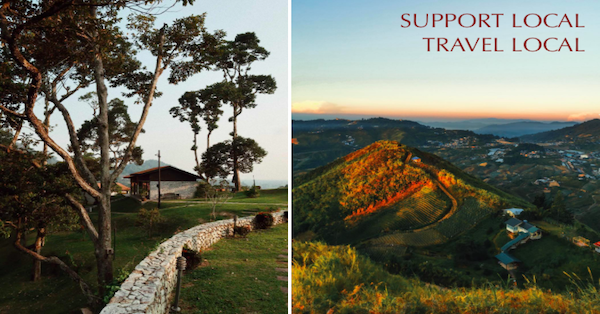
“The world is a book, and those who do not travel read only a page.” – Mark Twain
Let the words you see in the line above sink in for a minute. The world is full of various cultures and experiences just waiting to be discovered, whether today or in the future.
The phenomena of trotting the globe in search of an adventure, a holiday, maybe some soul-searching or ‘just because’ – also known as travelling – has risen as the years progress. With technological advancements that make your travel experience more comfortable, accessible and most importantly, more convenient, citizens all over the globe can now experience cultures outside of their own, first hand.
Of course, travel brings more benefits than widening your worldview, literally.
In Malaysia, tourism is the largest contributor to our Gross Domestic Product (GDP). In 2019, tourism contributed a total of RM86.14 billion to the local economy, with a total footfall of more than 26 million international tourists who visited Malaysia throughout the year.
Not only do you grow as a person, but you also get to grow your country’s pockets when you travel and support local.
Win-win, right?
The Silent Killer of the Earth
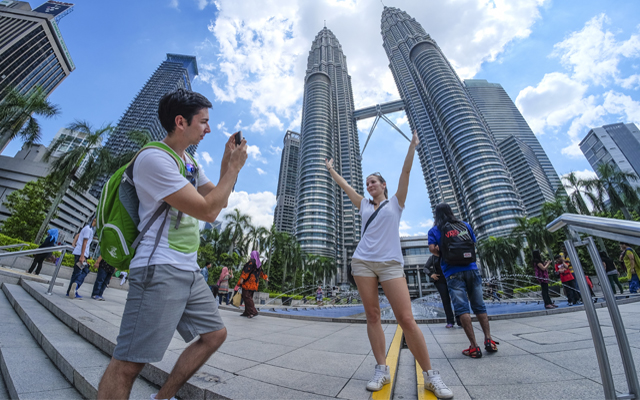
As with anything in life, too much of a good thing isn’t great either. While tourism helps boost the local economy and benefit the communities that need it, therein lie the repercussions of travelling: carbon emissions.
Just think about it, travelling requires the use of transportation and vehicles, that in turn requires the use of fuel. According to a study done by the United Nations World Tourism Organization (UNWTO) and the International Transport Forum (ITF), transport-related emissions from tourism are expected to account for 5.3% of all man-made carbon emissions by 2030.
Now, that number might not seem like a lot and 2030 is a good 10 years away, so here’s something to put that number into perspective. In 2017, it was measured that Malaysia has collectively emitted 5.22 billion tonnes of carbon dioxide. Imagine what that number looks like in current day context.
The question is:
What do we do about it?
A Sustainable Solution
Nowadays, the term ‘sustainability’ has become a popular term in modern societies. You see it everywhere: shopping malls, cafes, even property sales websites. Although overused or cliche, the solution really is that simple: move towards sustainable tourism.
The UNWTO defines ‘sustainable tourism’ as tourism that takes full account of its current and future economic, social and environmental impacts, addressing the needs of visitors, the industry, the environment and the host communities.
In short, it runs on the premise of taking care of the environment, society and economy, maximising the positive impacts of tourism while minimising the negative.
While the journey to true sustainability is a long one, travel companies are starting to take these issues into consideration and adapt their business models to one that champions the cause.
Seeking A Better Perspective
To get a better understanding of this, we at The Full Frontal reached out to Jacinta Lim, the co-founder of Seek Sophie, an online travel platform that makes it part of their mission to embody the values of sustainable tourism within their business model.
“Our tagline is ‘Travel that makes life better for travellers, local communities and the planet’. Those three elements need to align in order for us to list a place on the platform,” says the 35-year-old ex-lawyer.
Born to Malaysian parents who now reside in Singapore, Jacinta had the opportunity for an education in the UK, finishing law school and going on to practise law for the better part of her life there. Working in corporate law for eight years, Jacinta found something missing in her life.
“I think it’s something about the typical kind of corporate job where you think, this is really good, this is really comfortable, but I want to do a little bit more, I want to make an impact,” she says.
Moving from corporate law to a social enterprise start-up that required her to travel the world, Jacinta eventually found herself back in Singapore and facing the same dilemma.
“That was when I started thinking a lot about travel. In Asia, a lot of people are still locked out from the very lucrative industries like mining, palm oil and the such. You’re not going to own a palm oil plantation like overnight if you come from nothing,” she states.
“But what you can do, and what was seen in our travels from all around the world is that you can actually start up as a porter, bringing tourists out and earning tips, then you start becoming a guide and start hiring one or two guides with you. You start building your business that way, and that’s how we saw a lot of people actually climb out of poverty and make a life for themselves.”
Working together with her co-founder, Jacinta then thought about how travel would affect and lift up local communities and benefit smaller mom-and-pop shops and businesses, while also viewing it from a traveller’s perspective of what they would like to experience more of. A couple years of business school and coding lessons later, Seek Sophie was in the works and ready for partners to host.
Listing their partners proved to be an additional challenge for the two-man team in the beginning. Besides going door-to-door to different places (and countries), it was important that the places listed were in line with their sustainability guidelines.
“When we talk about sustainable tourism, it’s about how do we make sure that the money we spend on travelling is firstly, going to a cool place for the travellers, but also how are we going to find these cool places that if we go there, it makes all the difference in the world, making sure we’re not hurting the local community, but in fact helping protect them just by going there,” says Jacinta.
The Places You’ll Go
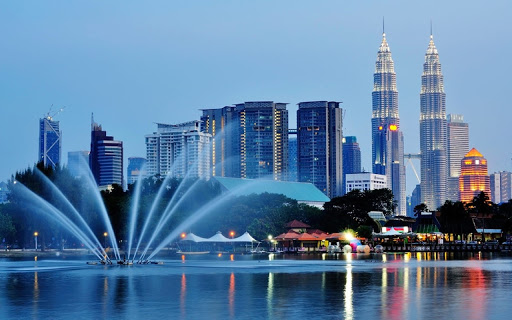
When it comes to travelling, the destination is probably the most important factor in deciding travel plans. Much can be said about the places listed on Seek Sophie.
“We see a lot of overtourism all around the world. If you’re going to, for example, a city where things are actually very expensive, that to us is not super sustainable because you’re already putting too many people in this place, and it’s driving up prices for everyone else who is local,” says Jacinta.
She continued by saying that listing more off-the-beaten path places helps spread out the tourism dollars instead of everyone descending on a city which, if we’re being honest, doesn’t really need your money anymore. For example, they have a lot of places in Borneo and Peninsula Malaysia that doesn’t just focus on KL as the main attraction so as to spread out the tourism dollars to the rest of the community.
“That’s how we also decide to pick a place. When we look at it, is it a sustainable place to visit where tourism will actually help it rather than hurt it.”
The People You’ll Meet
It is said that part of the travel experience is in living the way the locals do, talking to them and visiting truly local-owned stores and businesses instead of the hyped up tourist attractions that everyone talks about online.
Pro-tip: if you search a place online and it comes up in the first five listicles about the country you’re going to, it’s probably going to be places that are purely made for tourist money.
Then comes the issue of pricing. More often than not, the prices you see online are hiked up way above what it actually costs to visit these places, and that’s not even a guarantee that the money you’re spending will go to the local communities themselves.
“We find that in a lot of tourism, a lot of the stuff that’s online is stuff that has an in-between person, and the money that eventually reaches the locals is very, very little. And that’s just heart-breaking,” says Jacinta.
“How do you make sure that the money you’re actually spending will actually go to the people? Let’s say, if going to a place that should only cost like 30 dollars, but because of the in-between man it costs like 300 dollars.”
“If you brought it down to the actual price that it costs without marking it up, then a lot more people will be able to go because then they can actually afford it, then a lot more money will go into the hands of the local communities.”
The Planet You’ll Save
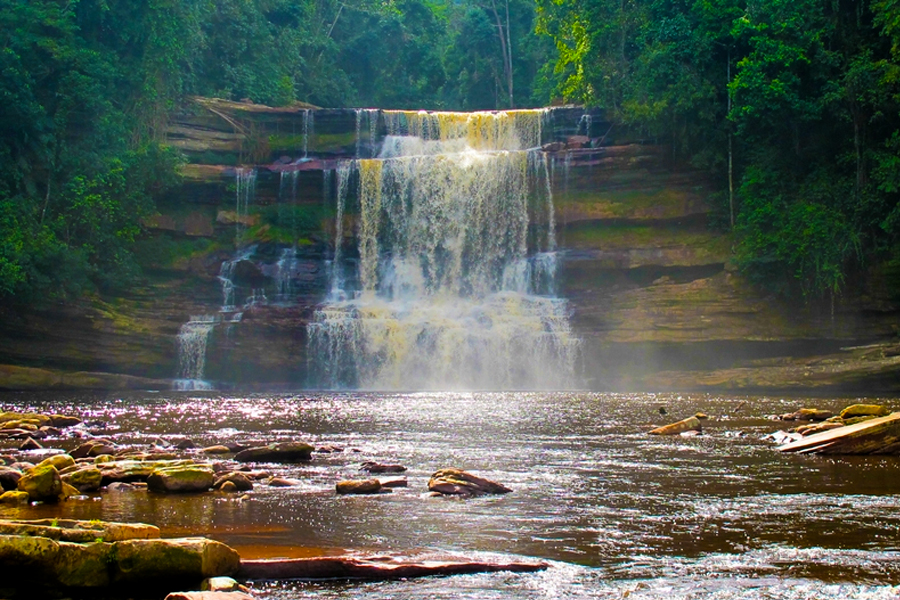
Remember that little bit of info we gave on carbon emissions from travelling?
While encouraging travel might be good for the local communities, it’s high time we start thinking about the negative impact it might have on the environment.
“It’s not just about going to the place and giving your money to the locals, it’s also about how we make sure that the travel there and things surrounding the travel, such as the travel choices that you make, is good for the environment. Reef-safe sunscreens, making sure you’re not supporting practices that are bad for the environment, things like that,” exclaims Jacinta.
Turns out there are more than just your personal travel choices that can be done in order to neutralise the situation.
“We started calculating how much the carbon emissions are for our trips and we basically average it out. So, for every dollar spent on our platform, we offset a pound of carbon emissions,” she says.
Offsetting carbon emissions here basically means putting your money towards carbon offset programmes that source conservation projects that protect areas that bring a positive impact to the environment. For example, mangrove swamps and rainforests bring balance to and protect its surrounding ecosystem. Your money goes into the efforts of paying the people who own these lands to keep it the way it is, instead of converting it into things like palm oil plantations or coal mines, things that aren’t the greatest for the environment.
“This means that the carbon emissions of your trip are rolling at neutral, so you’re not doing more damage to the environment by travelling.”
Eyes Up, Wise Up
You might be wondering why we’re talking about this now when it seems that the issue has been brewing all this while.
Take a look at the date today: 27 September. Today is in fact World Tourism Day, the day dedicated to promoting the joys and positives of travelling all around the world. While it is typically a day that calls for the lighter side of things, we thought it apt to highlight the need for more sustainable tourism in line with this year’s theme of ‘Tourism & Rural Development’.
In short, sustainable tourism is about finding the right balance of where you spend your money. While overtourism isn’t the most ideal situation, undertourism could very well mean the death of a local community, and the ecosystem that surrounds it.
Of course, before letting Jacinta go, we had to ask her one final question:
Who is Sophie?
“Sophie means wisdom in Greek, so that’s the kind of travel we hope to have,” laughs Jacinta.
“It’s not just about going somewhere, taking a selfie, layan the beach, escape life. It’s about how you go somewhere and learn so much about yourself and what you’re made of. Push yourself out of your comfort zone, learn about the communities; that’s the fundamental point of travel, you want to go somewhere to learn to push yourself rather than to just escape.”
In conjunction with the theme of this year’s World Tourism day, why not visit our own bit of preserved culture and natural heritage right here.


